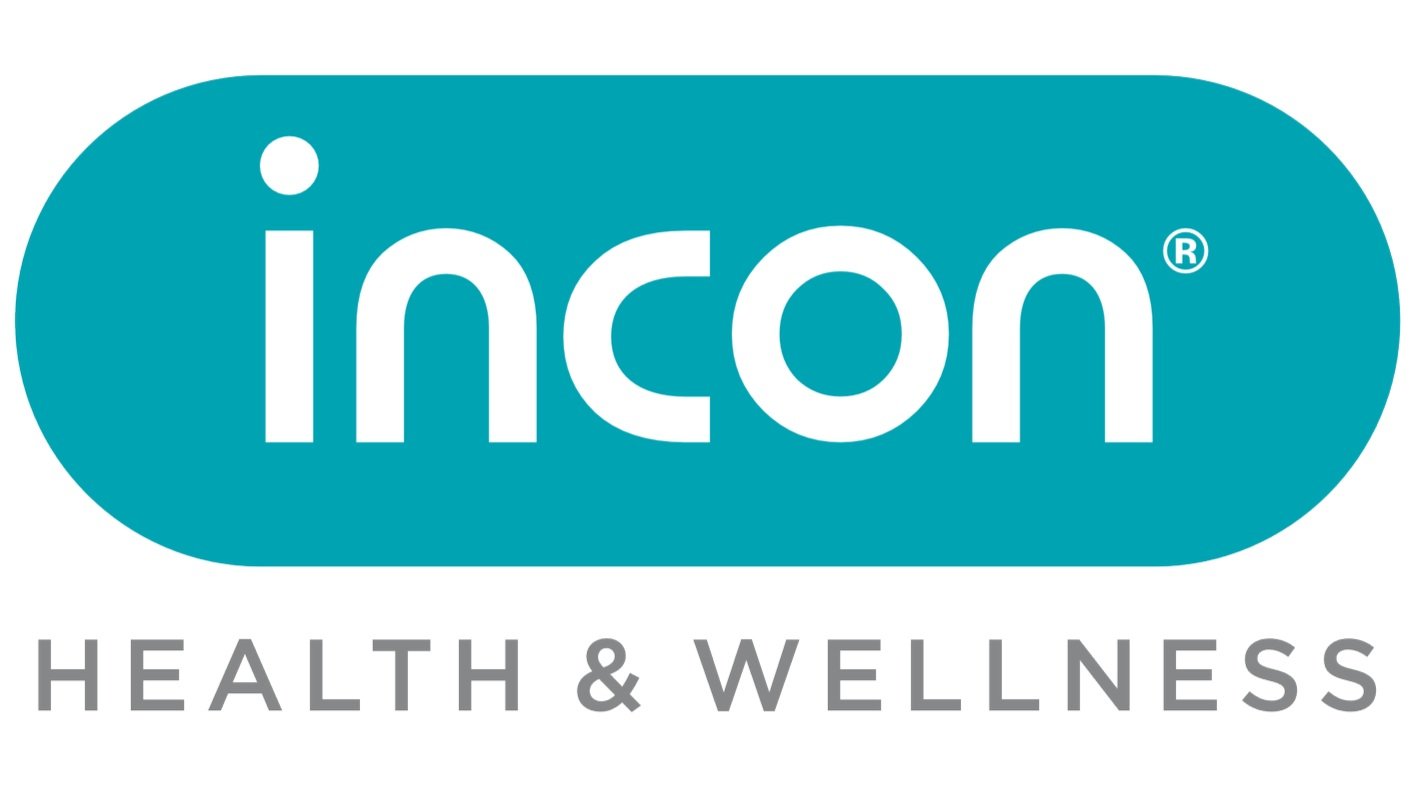Integrating mental, emotional & physical health
The Intersection of Risk Management and Employee Well-being
The workplace has long been recognised as a key battleground for physical safety, and in a rapidly evolving environment, a broader view of risk management is essential. As companies focus on meeting regulatory standards and protecting against physical dangers, they must also consider the well-being of their workforce in a more holistic manner. The connection between employee health, both mental and physical, and risk management is increasingly undeniable.
When we think of risk, the first image that often comes to mind is workplace accidents or hazardous conditions. But what about stress, mental exhaustion, or burnout? These elements can be just as disruptive to an organisation as any physical hazard. In fact, poor mental health is often the root cause of decreased productivity, absenteeism, and turnover, all of which present significant risks to any business. Therefore, integrating wellness into risk management strategies is not just a matter of moral responsibility; it’s a business imperative.
Understanding the Scope of Well-being Risks
In many organisations, risk management is still confined to safety protocols and accident prevention. However, the rise of mental health awareness and the growing need for comprehensive wellness programmes have highlighted the need for a more nuanced approach. Factors like chronic stress, work-related anxiety, and employee isolation can create risks that go beyond what can be measured with traditional safety assessments.
When an organisation prioritises the well-being of its employees, it fosters an environment that can respond to risks before they escalate. For example, burnout, often overlooked as a “soft” issue, can lead to physical and psychological outcomes that impact both individual employees and the broader business. Increased healthcare costs, higher turnover, and lower engagement are just a few of the long-term consequences.
Integrating Well-being into Risk Management Strategies
To truly manage risk in the modern workplace, companies must take a proactive, holistic approach. Here are a few strategies to integrate employee well-being into your risk management framework:
Mental Health Support as Standard: Offer access to mental health resources, such as counselling or stress management workshops, to support employees before problems become insurmountable.
Flexible Work Arrangements: Recognise the importance of work-life balance. Flexible hours or the option to work from home can reduce stress and improve overall well-being, helping to prevent long-term health risks.
Training and Awareness: Educate leadership and staff about the signs of stress, burnout, and mental health challenges. The earlier these issues are addressed, the less likely they are to escalate into larger risks.
Employee Engagement and Feedback: Foster an open dialogue about well-being across all levels of the organisation. Regular surveys or check-ins can help identify potential risk areas related to employee satisfaction or mental health concerns before they become critical.
The Bottom Line: Proactive Well-being Benefits Everyone
Investing in the health of employees is not just the right thing to do; it’s a smart strategy for managing risk. By considering the mental, emotional, and physical health of employees as part of the broader risk management strategy, organisations not only reduce potential liabilities but also create a work environment that enhances productivity, morale, and retention.
In the face of rising workplace pressures and the ever-changing demands of modern business, protecting the well-being of employees is not a luxury. It’s an essential part of mitigating risk and ensuring long-term organisational success. When employees feel supported and valued, they are more engaged, more productive, and ultimately, better equipped to contribute to a company’s success.

